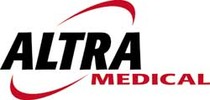 Loading... Please wait...
Loading... Please wait...- 727-541-5900
- My Account
Currency Displayed in
Ten Reasons Why You Need An AED
Ten Reasons Why You Need An AED
 1. AEDs Save Lives
1. AEDs Save Lives
Automated external defibrillators (AEDs) save lives. There isn’t a national statistic yet on how many lives are saved each year, but Altra Medical has 60 people who are alive today because of the AEDs we’ve sold. In 2008, American Airlines celebrated 76 people being saved in the first 10 years they first put AEDs on their airplanes, with an overall survival rate of 63%. Chicago O’Hare has a survival rate of 64% when their AEDs have been used. Some casinos report numbers as high as 70%.
When bystanders provide CPR and use an AED before EMS arrives, 40% of the victims survive, which is much higher than the national average of a 10% survival rate.
2. Cardiac Arrest is A Leading Cause of Death in the U.S. - With Less Than a 10% Survival Rate
The December 2014 American Heart Association statistics reported over 326,000 people died of sudden cardiac arrest (SCA) in 2013 in the U.S., more than Alzheimers, assault by firearms, breast cancer, prostate cancer, cervical cancer, colorectal cancer, diabetes, HIV, house fires, motor vehicle accidents, and suicides combined. SCA does not give warning symptoms like a traditional heart attack. The heart goes into an unstable rhythm called ventricular fibrillation and the heart stops beating effectively and the person becomes unconscious. Less than 30% of the time someone will do CPR on a victim, which does help buy time. However, CPR alone cannot put the heart back in normal rhythm, only a defibrillator can. Since you lose 7-10% chance of surviving each minute you are in SCA, less than 10% survive. Only 8.3% survive neurologically intact because EMS simply cannot get to the victim and shock them in the four to six minutes before brain damage occurs.
Studies in Seattle and other cities with widespread CPR and AED programs have shown survival rates improving to over 45%.
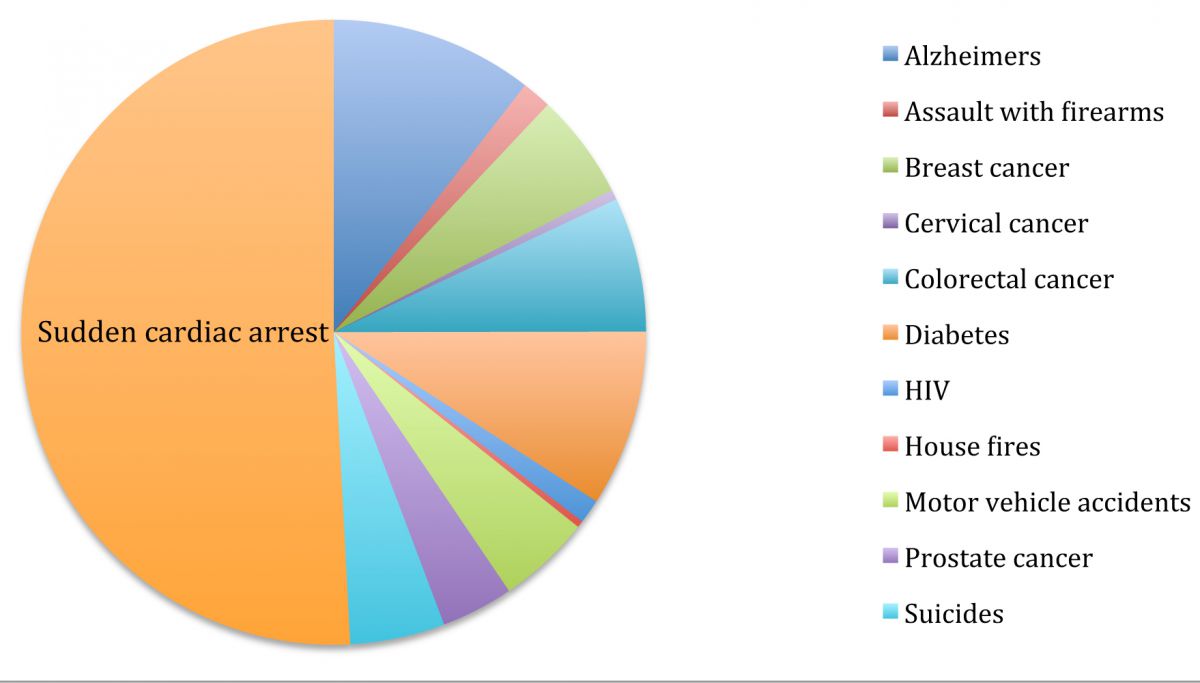
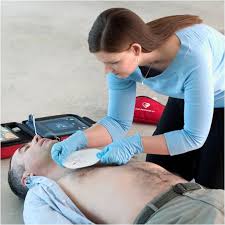 3. AEDs are Easy to Use - You Cannot Accidently Shock Someone
3. AEDs are Easy to Use - You Cannot Accidently Shock Someone
AEDs will calmly talk you through everything you need to do even if you haven’t been trained and you can follow the voice instructions. They will automatically analyze the person’s heart rhythm and advise whether a shock is needed. You cannot accidently shock someone because the AED only will charge to shock when it detects two life threatening rhythms – ventricular fibrillation and an unstable ventricular tachycardia. If someone just passes out and still has heartbeat, it will not charge to shock. In fact, studies show that sixth grade children can correctly use an AED in as little as 90 seconds versus a paramedic taking 60 seconds.
4. Anyone Can Go into Cardiac Arrest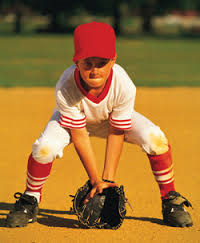
Sudden cardiac arrest can strike men, women and children of any age and not is not limited to older people. Each year over 5,000 children die of cardiac arrest, suddenly and without warning. Often going into cardiac arrest is the first time the person knows that they have an underlying heart condition.
We have placed over 30 AEDs with families whose children have Long QT or brugada syndrome which can lead to v-fib. These conditions are often hereditary and can now be determined with genetic testing.
5. Everyone's Life is Worth More Than $1.20/year
The price of an AED is as little as $1,200 and will operate with minimal investment for eight to ten years. Annual maintenance costs run about $100. Can you really afford not to buy one to help save someone’s life? For example, if you divide the $1,200 price of an AED, by the number of people at the location (say 100) = $12 ,divide it by 10 years, the average life of the AED =$1.20/person/year. Ask the person next to you if their life is worth more than $1.20. Next ask them what they paid for their cable or cell phone bill how much they paid for a cup of coffee. You can afford one.

6. EMS is More than Four Minutes Away
People who work or live in more remote areas with response times greater than six minutes should definitely consider an AED. If someone collapses in cardiac arrest, and is without oxygen for as little as four minutes, brain cells can die and the heart muscle can be damaged. For every minute someone’s heart isn’t beating they lose 7-10% chance of being revived. That means if it takes EMS more than 10 minutes to get there, there is a very low probability of reviving someone neurologically intact. Having an AED can return a heart to a normal rhythm quickly and is easy to use.
Many people feel very secure because their local fire department is close. Time is of the essence and if your local department is out on another call, it could take 15-20 minutes to get service from another station. Even if your Fire Department is close, an AED should still be considered.
7. Protection for Strenous Work Environments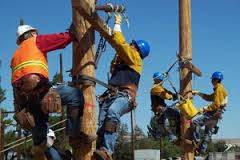
People who work in an environment that causes more stress on the body are at higher risk of cardiac related issues. Working outside in high temperatures such as in Florida, physically demanding jobs such as construction, landscaping, maintenance, or utilities where there is a possibility of electrocution are at a higher risk. Having an AED nearby in a bucket truck, supervisor truck, construction trailer, etc. can save critical minutes and save a life.
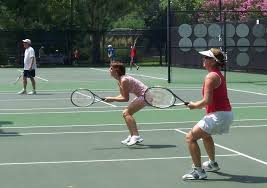 8. People Exercise Here
8. People Exercise Here
Gyms, tennis courts, basketball courts, golf courses, and any type of sports complex from little league fields to soccer fields should have an AED. Often people don’t know they have an underlying heart condition until they start exerting themselves. Their heart rates accelerate and go into an unstable condition of tachycardia or ventricular fibrillation - often without warning. There are many news stories of young athletes collapsing and dying when AEDs are not available. We have had more lives saved in YMCA’s, gyms, and in other sporting venues than any other type of location.
9. You Need to be Prepared
Since Sudden Cardiac Arrest is a leading cause of death, you want to be prepared in case there is an emergency. You don’t want to feel helpless and you want to do the best you can to help save that life. Taking a CPR class, having trained responders and having an AED is one of the best ways of being prepared in case that emergency happens. You can be assured you did everything you could.
10. Ensures Safety in Large Groups
When large groups of people are present, the odds of having someone with heart disease increases. Large venues such as churches, stadiums, schools, restaurants, hotels, theatres, shopping malls, and airports should have a good emergency response plan that includes defibrillators, and how to quickly respond to a medical emergency. Having an AED and staff that can provide CPR and First Aid is the responsible thing to do.
Convinced? Please call us 1-866-777-8555 or contact us and we will be happy to help you get started.
Need more?
11. Our Population and Workforce is Aging
We may not like to admit it, but our population is aging. Every year about 785,000 people have their first heart attack or three every two minutes. In addition, 300,000 people go into sudden cardiac arrest, one every two minutes. Although Sudden Cardiac Arrest (SCA) can affect anyone, the odds increase with age. In men the risk of heart attack increases significantly after the age of 45. For women, heart attacks are more likely after menopause usually around 50. For every 10 years over 45, the chances of having a heart disease double, and affect over 20% of the people over 55. There are fire extinguishers to protect in case of fire and they happen very infrequently. Americans spend thousands of dollars a year on life insurance, workers compensation insurance and other types of safety programs. Shouldn’t this be part of your safety program too, so that you are prepared.
Convinced? Please call us 1-866-777-8555 or contact us and we will be happy to help you get started.
